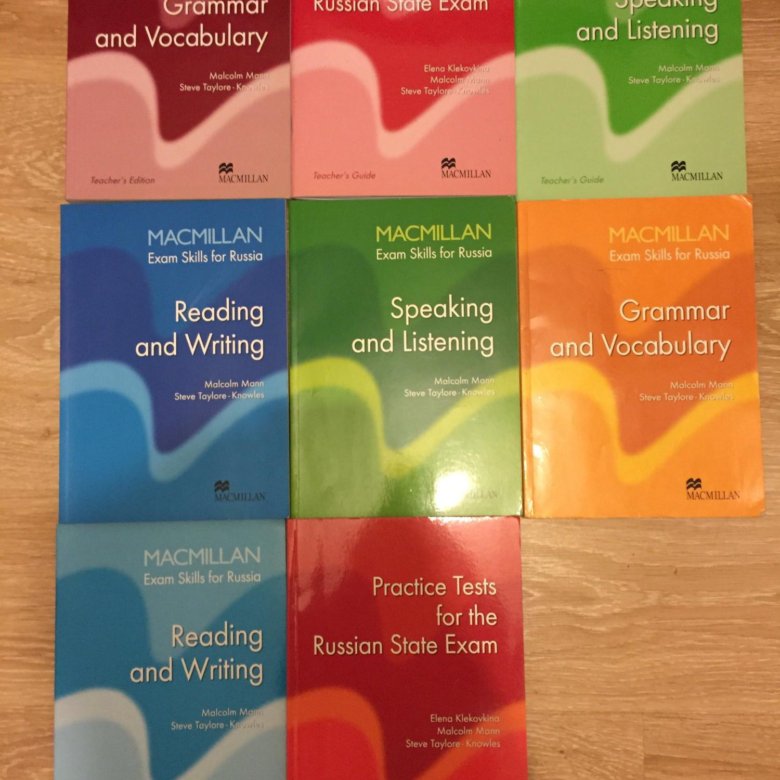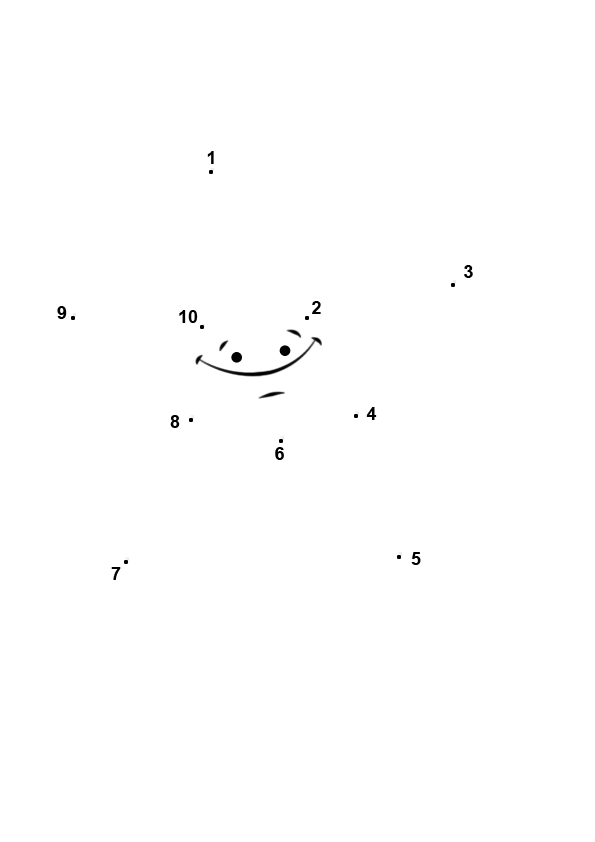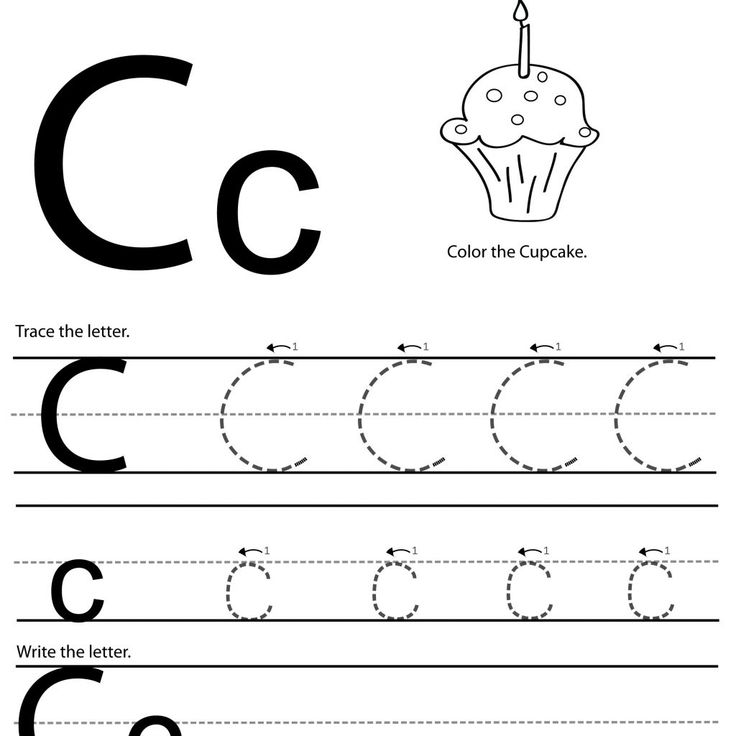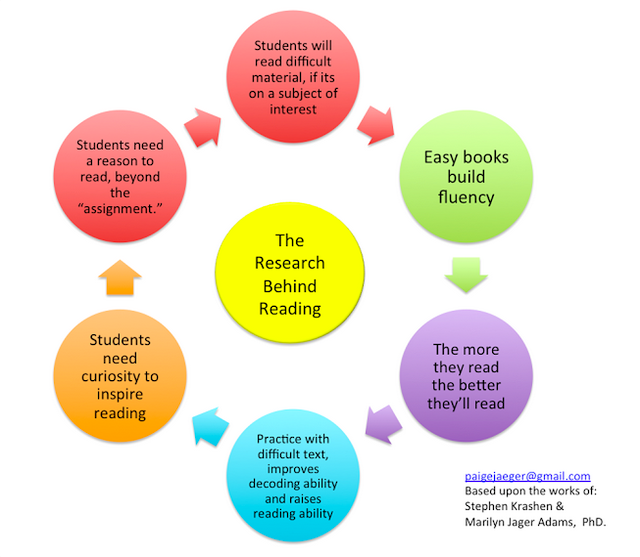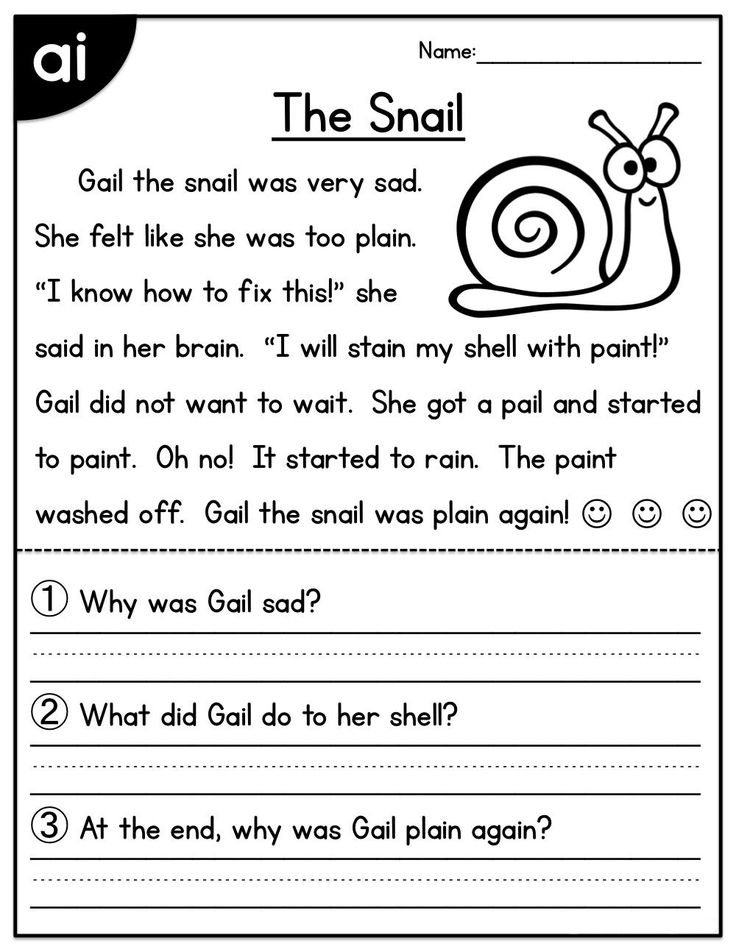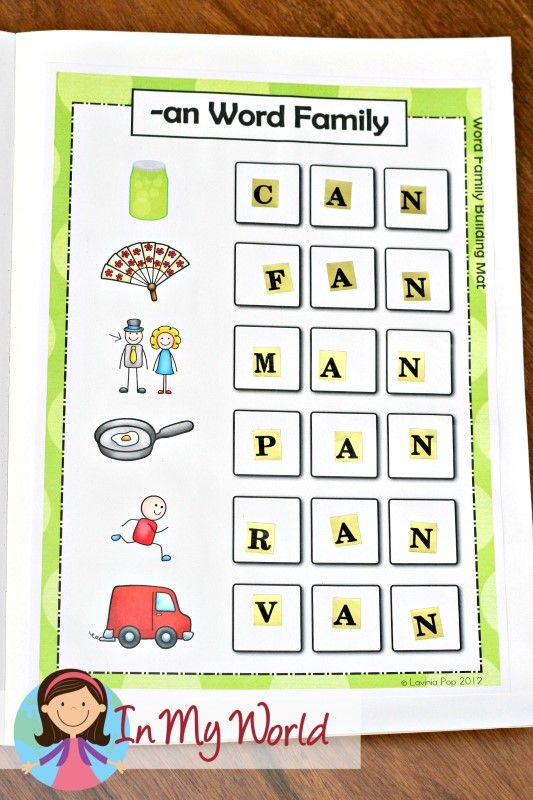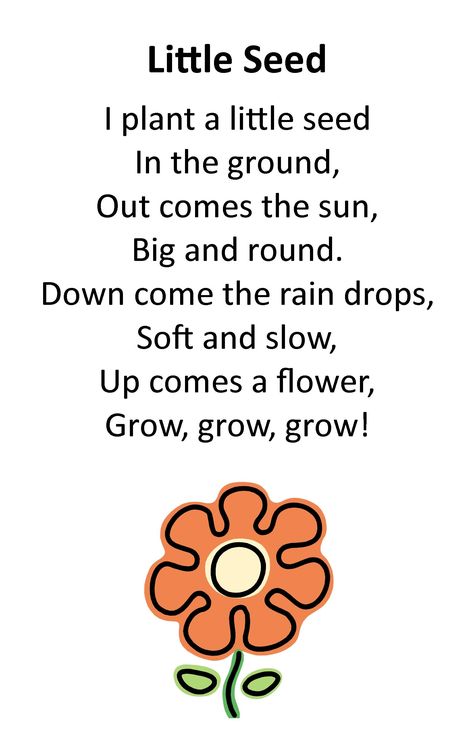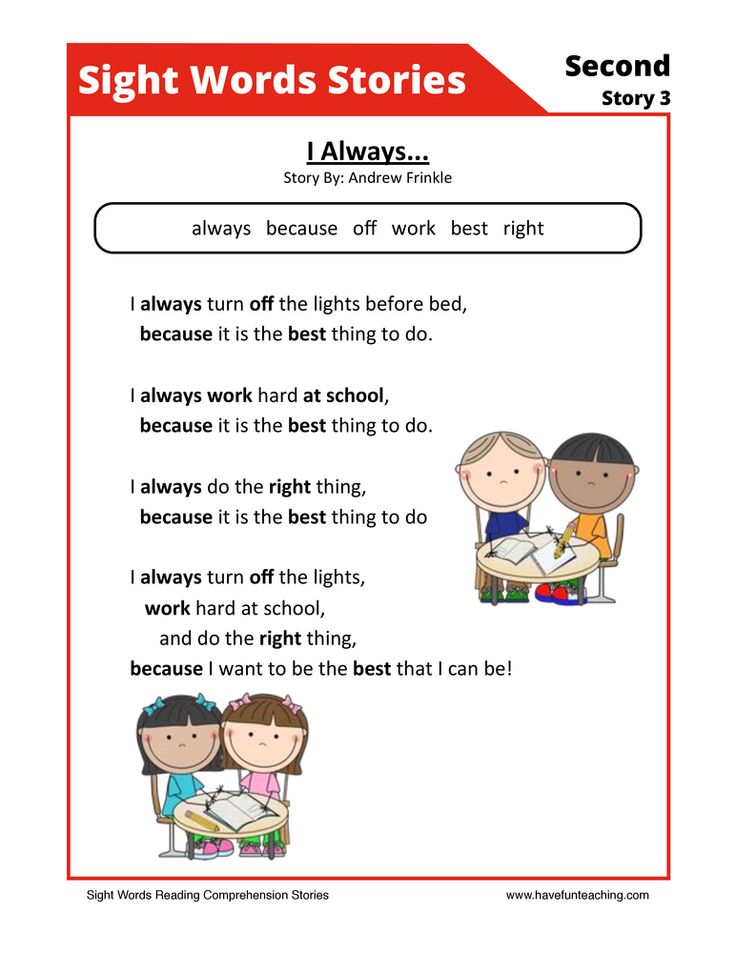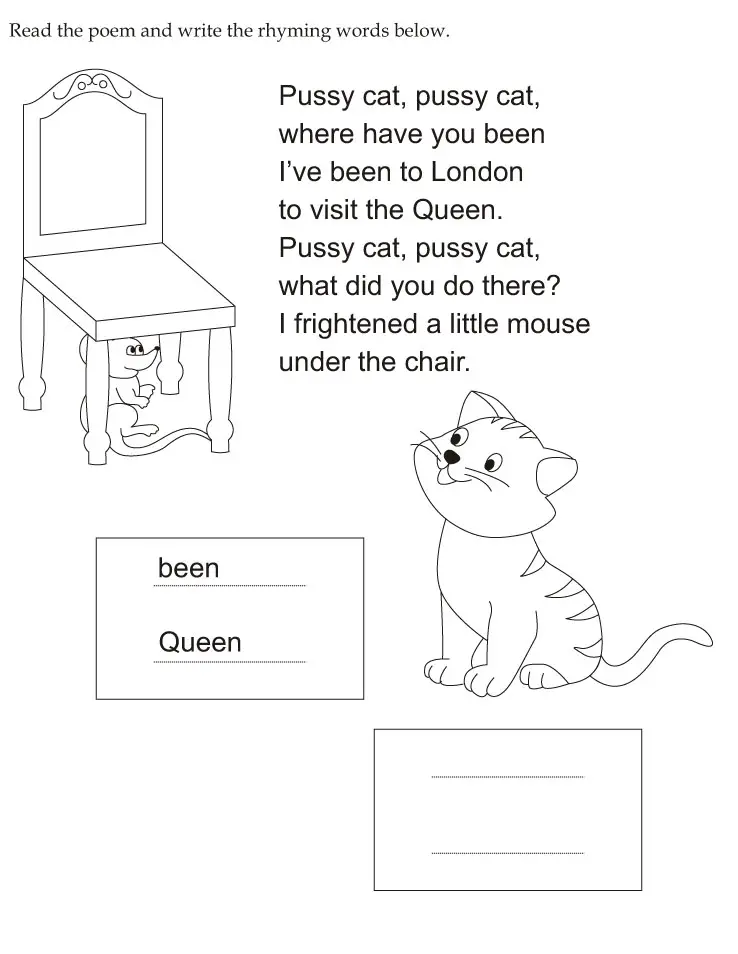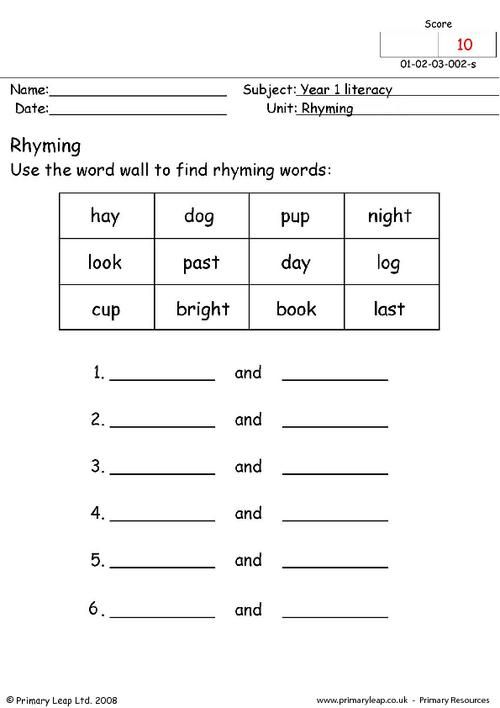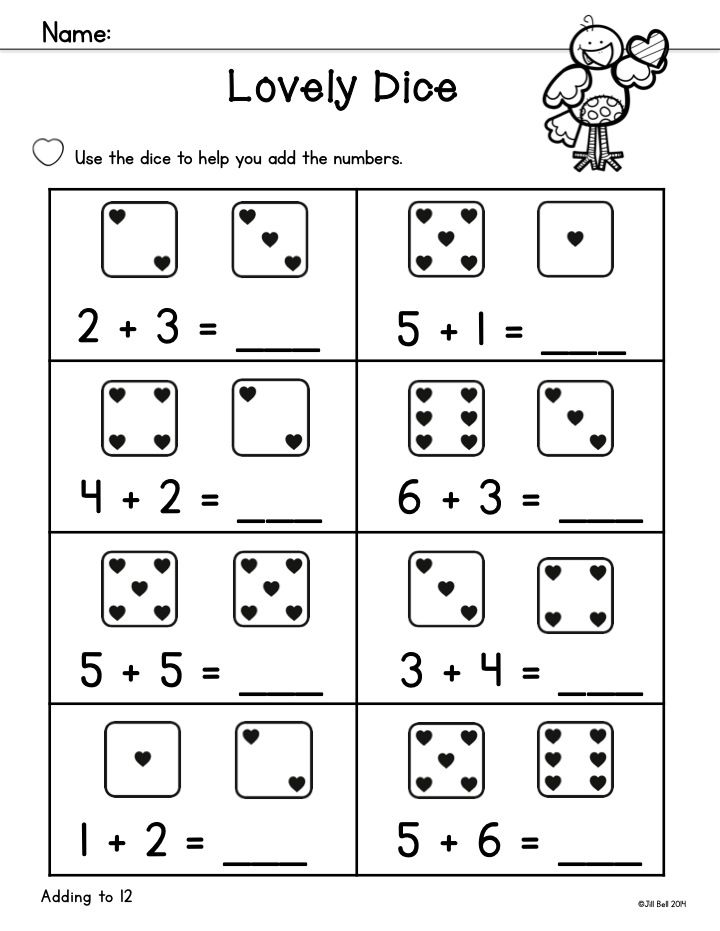Macmillan reading level chart
International Reading Frameworks Chart, Macmillan Reading Materials Conversion Download Printable PDF
International reading Frameworks
Macmillan reading Materials
atOS
reading
reading
Guided reading
Lexile
Flesch-Kincaid
age
Stage of
Dra
Book
Springboard
Learn-abouts
explorers
Winners!
Get real!
Girlz rock!
Boyz rule!
recovery
Bug Boxes
(Fontas & Pennell)
Levels
Levels
(approx.)
reading
Levels
3
Emergent
Little Expl A
4
Emergent
-1
A
BR – 100
A – 1
.2 – 4
0 – 0.9
5
Emergent
Beginner
Level 1
Level 1
Little Expl A
2
B
2
.2 – 4
5
Emergent
Beginner
Level 2
Level 2
Little Expl B
Beginner
Level 3 – 4
Level 3 – 4
Little Expl B
3 – 4
C
3
. 5 – 6
5
Emergent/Early
Level 1
Level 5 – 6
Level 5 – 6
Little Expl B
5 – 6
D
200 – 400
4
.7 – 9
1.0 – 1.9
6
Emergent/Early
Level 1
Level 7 – 8
Level 7 – 8
Little Expl B
7 – 8
E
6 – 8
.7 – 9
6
Emergent/Early
Level 1
Level 9 – 10
Level 9 – 10
Young Expl 1
9 – 10
F
10
1.0 – 1.2
6
Emergent/Early
Level 1
Level 11 – 12
Level 11 – 12
Young Expl 1
11 – 12
G
12
1.0 – 1.2
6
Emergent/Early
Level 1
Level 13 – 14
Level 13 – 14
Young Expl 1
13 – 14
H
14
1.3 – 1.5
6
Early/Transitional
Level 1
Level 15
Level 15
Young Expl 1
15
I
16
1.6 – 1.9
6
Early/Transitional
Level 1
Level 16
Level 16
Young Expl 1
16
I
16
2. 0 – 2.4
0 – 2.4
6
Early/Transitional
Level 2
Level 17
Young Expl 1
17
J
300 – 600
18
2.0 – 2.4
2.0 – 2.9
7
Transitional
Level 2
Level 18
Young Expl 1
18
K
20
2.5 – 2.9
7
Transitional
Level 2
Level 19
Young Expl 1
19
L
24
2.5 – 2.9
7
Transitional/Fluency
Level 2
Level 20
Young Expl 2
20
M
28
2.5 – 2.9
7
Transitional/Fluency
Level 2
Level 20
Young Expl 2
20
M
28
3.0 – 3.4
7
Transitional/Fluency
Level 3
Level 21 – 22
Young Expl 2
21 – 22
N
30
3.0 – 3.4
7
Fluent/Extending
Level 3
Level 23 – 24
Young Expl 2
23 – 24
N
500 – 750
30
3.4 – 3.9
3.0 – 3.9
8
Fluent/Extending
Level 3
Level 25 – 26
Young Expl 2
25 – 26
O
34
3.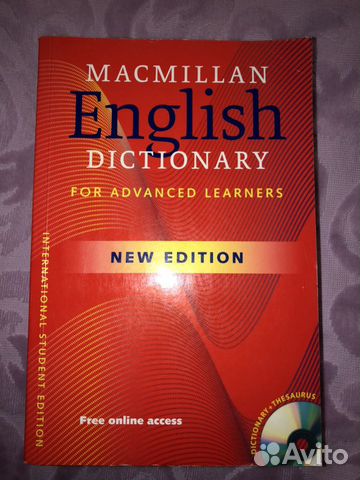 4 – 3.9
4 – 3.9
8
Fluent/Extending
Level 3
Level 27 – 28
Young Expl 2
27 – 28
O
34
3.4 – 3.9
8
Fluent/Extending
Level 3
Level 29 – 30
Young Expl 2
29 – 30
P
38
4.0 – 4.5
8
Fluent/Extending
Level 4
Explorers 3
Get Real!
Girlz Rock!
Boyz Rule!
Q
600 – 900
40
4.0 – 4.5
4.0 – 4.9
9
Fluent/Extending
Level 4
Explorers 3
Get Real!
Girlz Rock!
Boyz Rule!
R
40
4.0 – 4.5
9
Fluent/Extending
Level 4
Explorers 4
Winners!
Get Real!
Girlz Rock!
Boyz Rule!
S
44
4.0 – 4.5
9
Fluent/Extending
Level 4
Explorers 4
Winners!
Get Real!
Girlz Rock!
Boyz Rule!
S
700 – 1000
44
4.5 – 4.9
5.0 – 5.9
10
Fluent/Extending
Level 4
Explorers 5
Winners!
Get Real!
Girlz Rock!
Boyz Rule!
T
50
4. 5 – 4.9
5 – 4.9
10
Fluent/Extending
Level 5
Explorers 5
Winners!
Get Real!
Girlz Rock!
Boyz Rule!
U – V
50
5.0 – 5.5
10
Fluent/Extending
Level 5 & 6
Explorers 6
Winners!
Get Real!
Girlz Rock!
Boyz Rule!
W – X
800 – 1050
60
6.0 – 6.9
6.0 – 6.9
11
Fluent/Extending
Level 5 & 6
Explorers 6
Winners!
Get Real!
Girlz Rock!
Boyz Rule!
Y
850 – 1099
70
7.0 – 7.9
12
Fluent/Extending
Level 6
Winners!
Z
900 – 1150
80
8.0 – 8.9
13
Fluent/Extending
Winners!
14
15
16
17
International reading Frameworks
Macmillan reading Materials
atOS
reading
reading
Guided reading
Lexile
Flesch-Kincaid
age
Stage of
Dra
Book
Springboard
Learn-abouts
explorers
Winners!
Get real!
Girlz rock!
Boyz rule!
recovery
Bug Boxes
(Fontas & Pennell)
Levels
Levels
(approx.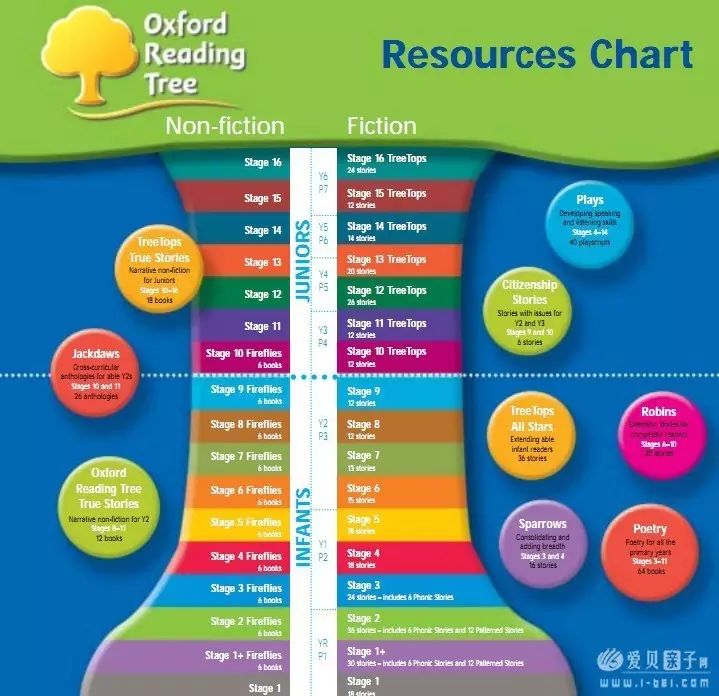 )
)
reading
Levels
3
Emergent
Little Expl A
4
Emergent
-1
A
BR – 100
A – 1
.2 – 4
0 – 0.9
5
Emergent
Beginner
Level 1
Level 1
Little Expl A
2
B
2
.2 – 4
5
Emergent
Beginner
Level 2
Level 2
Little Expl B
Beginner
Level 3 – 4
Level 3 – 4
Little Expl B
3 – 4
C
3
.5 – 6
5
Emergent/Early
Level 1
Level 5 – 6
Level 5 – 6
Little Expl B
5 – 6
D
200 – 400
4
.7 – 9
1.0 – 1.9
6
Emergent/Early
Level 1
Level 7 – 8
Level 7 – 8
Little Expl B
7 – 8
E
6 – 8
.7 – 9
6
Emergent/Early
Level 1
Level 9 – 10
Level 9 – 10
Young Expl 1
9 – 10
F
10
1.0 – 1.2
6
Emergent/Early
Level 1
Level 11 – 12
Level 11 – 12
Young Expl 1
11 – 12
G
12
1. 0 – 1.2
0 – 1.2
6
Emergent/Early
Level 1
Level 13 – 14
Level 13 – 14
Young Expl 1
13 – 14
H
14
1.3 – 1.5
6
Early/Transitional
Level 1
Level 15
Level 15
Young Expl 1
15
I
16
1.6 – 1.9
6
Early/Transitional
Level 1
Level 16
Level 16
Young Expl 1
16
I
16
2.0 – 2.4
6
Early/Transitional
Level 2
Level 17
Young Expl 1
17
J
300 – 600
18
2.0 – 2.4
2.0 – 2.9
7
Transitional
Level 2
Level 18
Young Expl 1
18
K
20
2.5 – 2.9
7
Transitional
Level 2
Level 19
Young Expl 1
19
L
24
2.5 – 2.9
7
Transitional/Fluency
Level 2
Level 20
Young Expl 2
20
M
28
2.5 – 2.9
7
Transitional/Fluency
Level 2
Level 20
Young Expl 2
20
M
28
3. 0 – 3.4
0 – 3.4
7
Transitional/Fluency
Level 3
Level 21 – 22
Young Expl 2
21 – 22
N
30
3.0 – 3.4
7
Fluent/Extending
Level 3
Level 23 – 24
Young Expl 2
23 – 24
N
500 – 750
30
3.4 – 3.9
3.0 – 3.9
8
Fluent/Extending
Level 3
Level 25 – 26
Young Expl 2
25 – 26
O
34
3.4 – 3.9
8
Fluent/Extending
Level 3
Level 27 – 28
Young Expl 2
27 – 28
O
34
3.4 – 3.9
8
Fluent/Extending
Level 3
Level 29 – 30
Young Expl 2
29 – 30
P
38
4.0 – 4.5
8
Fluent/Extending
Level 4
Explorers 3
Get Real!
Girlz Rock!
Boyz Rule!
Q
600 – 900
40
4.0 – 4.5
4.0 – 4.9
9
Fluent/Extending
Level 4
Explorers 3
Get Real!
Girlz Rock!
Boyz Rule!
R
40
4.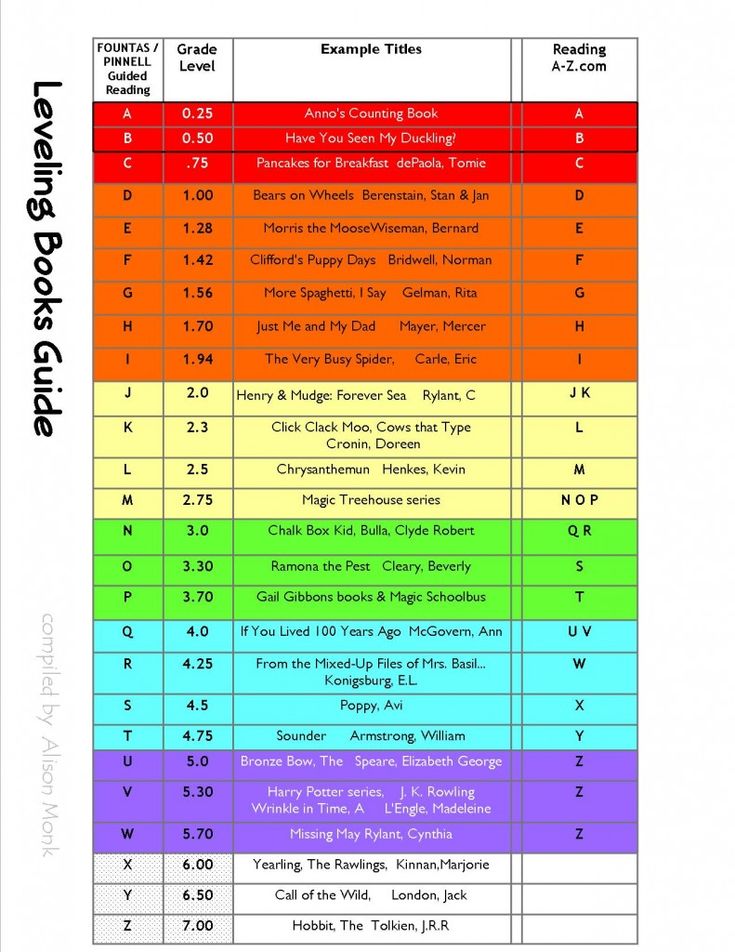 0 – 4.5
0 – 4.5
9
Fluent/Extending
Level 4
Explorers 4
Winners!
Get Real!
Girlz Rock!
Boyz Rule!
S
44
4.0 – 4.5
9
Fluent/Extending
Level 4
Explorers 4
Winners!
Get Real!
Girlz Rock!
Boyz Rule!
S
700 – 1000
44
4.5 – 4.9
5.0 – 5.9
10
Fluent/Extending
Level 4
Explorers 5
Winners!
Get Real!
Girlz Rock!
Boyz Rule!
T
50
4.5 – 4.9
10
Fluent/Extending
Level 5
Explorers 5
Winners!
Get Real!
Girlz Rock!
Boyz Rule!
U – V
50
5.0 – 5.5
10
Fluent/Extending
Level 5 & 6
Explorers 6
Winners!
Get Real!
Girlz Rock!
Boyz Rule!
W – X
800 – 1050
60
6.0 – 6.9
6.0 – 6.9
11
Fluent/Extending
Level 5 & 6
Explorers 6
Winners!
Get Real!
Girlz Rock!
Boyz Rule!
Y
850 – 1099
70
7. 0 – 7.9
0 – 7.9
12
Fluent/Extending
Level 6
Winners!
Z
900 – 1150
80
8.0 – 8.9
13
Fluent/Extending
Winners!
14
15
16
17
CEFR / Lexile / Reader / Eiken / Levels – インクス
Most of my classes refer to CEFR levels, especially when designing the coursework. I often find interesting reading materials that are not necessarily created with the EFL student in mind. While imperfect, using the Lexile levels can be helpful . Here’s a chart I found online
Lexical CoverageThe first concept is lexical coverage, which is how much vocabulary a learner knows in a given text. In order to estimate lexical coverage, we need to know students’ vocabulary size. Several studies have tried to estimate the size of students’ vocabulary at the different CEFR levels (Capel, 2010; Milton, 2010; Milton & Alexiou, 2009). While the research is not definitive, for the IEC’s purpose, Table 1 below should prove helpful:
Table 1
Vocabulary Size at Different Common European Framework Levels (CEFR)
| Common European Framework Level | Vocabulary Size Estimate |
|---|---|
| A1 | 1,000 words |
| A2 | 2,000 |
| B1 | 2,500 |
| B2 | 3,000 |
| C1 | 5,000+ |
Once we understand students’ vocabulary size, we can begin to analyze the vocabulary used in a text and estimate the lexical coverage.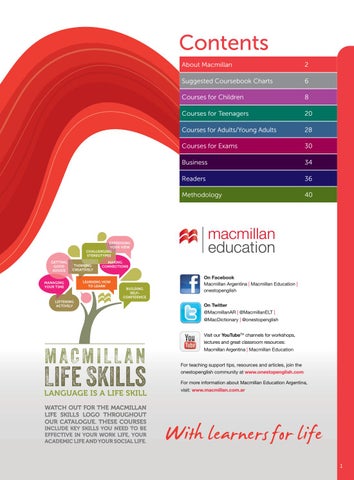 However, the threshold for lexical coverage is quite high. Research estimates that only if learners know at least 95% of the words in a text will they be able to adequately understand it (Laufer, 1989; Laufer & Ravenhorst-Kalovski, 2010). The ideal percentage might actually be higher (Nation, 2001; Laufer & Ravenhorst-Kalovski, 2010). This is relevant when selecting reading passages. For example, CEFR B2 level students might know about 3,000 words, so an appropriate reading passage would have 95% of the words from the list of the 3,000 most common words in English. Tools, such as Lextutor, can help determine that percentage. In that way, both the vocabulary in a text and students’ level can influence the selection of reading passages.
However, the threshold for lexical coverage is quite high. Research estimates that only if learners know at least 95% of the words in a text will they be able to adequately understand it (Laufer, 1989; Laufer & Ravenhorst-Kalovski, 2010). The ideal percentage might actually be higher (Nation, 2001; Laufer & Ravenhorst-Kalovski, 2010). This is relevant when selecting reading passages. For example, CEFR B2 level students might know about 3,000 words, so an appropriate reading passage would have 95% of the words from the list of the 3,000 most common words in English. Tools, such as Lextutor, can help determine that percentage. In that way, both the vocabulary in a text and students’ level can influence the selection of reading passages.
While lexical coverage is important, sentence difficulty may also affect reading comprehension. Both grade level scores and Lexile levels provide some indication of sentence and vocabulary difficulty.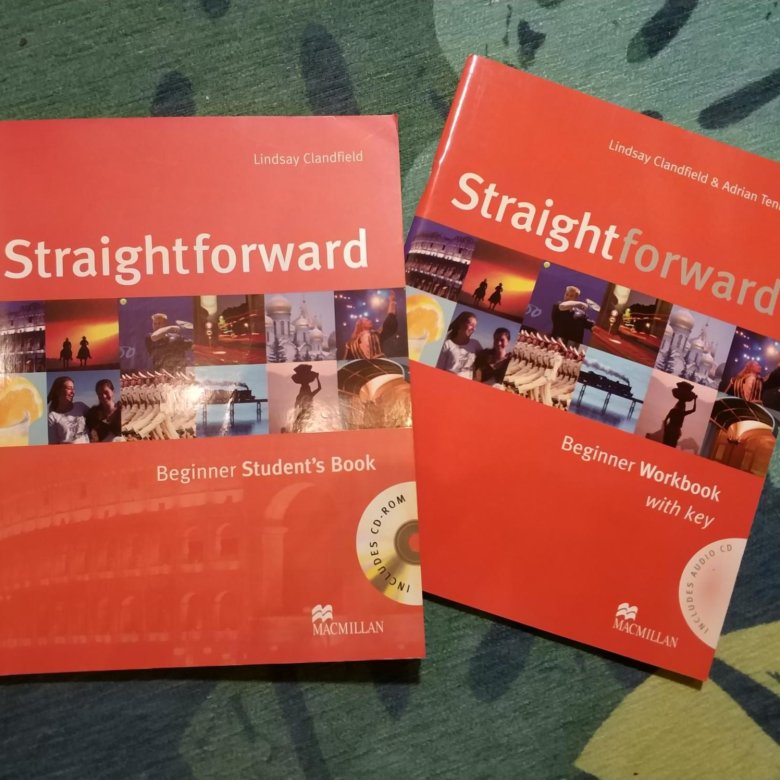 When making former versions of the IEC exam, reading passages were assessed using Flesch Reading Ease and an aggregate of other grade level scores. These scores measure word and sentence length to determine grade level and/or text difficulty. They are also relatively easy to interpret, so a 12th grader should be able to read a text at the 12th grade level. As students exit the IEC at Advanced 2, they should be reading at that level.
When making former versions of the IEC exam, reading passages were assessed using Flesch Reading Ease and an aggregate of other grade level scores. These scores measure word and sentence length to determine grade level and/or text difficulty. They are also relatively easy to interpret, so a 12th grader should be able to read a text at the 12th grade level. As students exit the IEC at Advanced 2, they should be reading at that level.
While Lexile measures correlate with other readability scores, they may be more precise (Wright & Stone, 2004). In part, this is because the Lexile tool analyzes each word in a passage, comparing it to a 600-million word corpus to determine vocabulary difficulty (Lexile, 2017). Using this vocabulary difficulty rating along with sentence length, the system then assigns a Lexile level (L). Scores range from 200L to the most difficult 1700L. In a study of university textbook demands, Williamson (2008) estimates that university materials are at a 1200L-1400L level.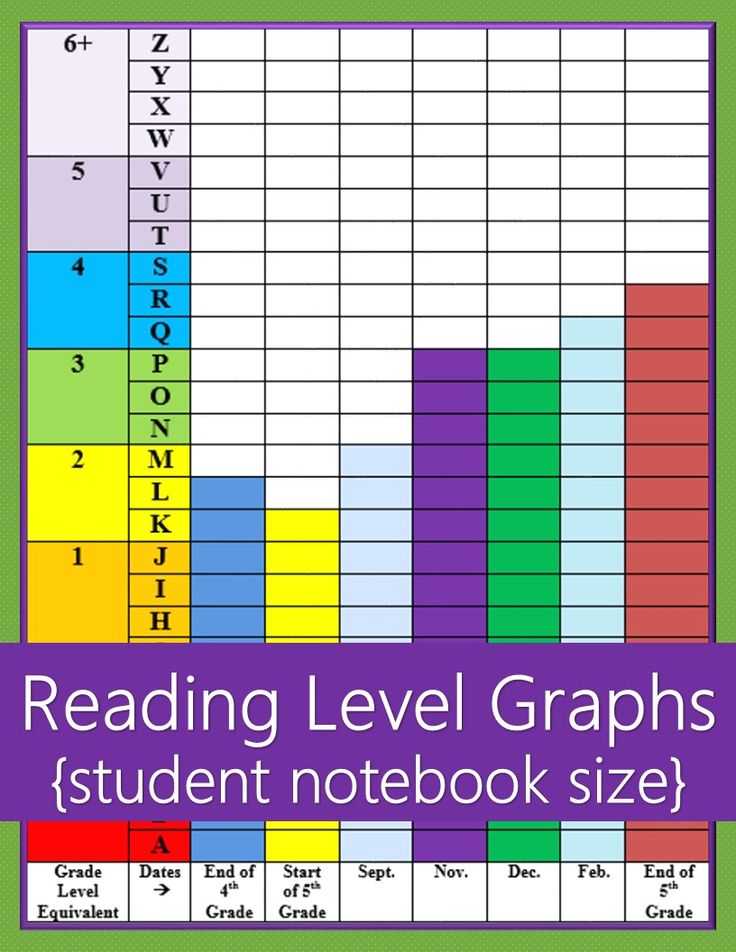 Therefore, students exiting the IEC should be prepared to read at that level. However, students at the B2 CEFR level (Intermediate 3 and Advanced 1) might only able to read at the 1000L level (Smith & Turner, 2016). Table 2 below is based on Smith and Turner’s (2016) research and estimates students’ Lexile levels. These Lexile levels should be taken into account when selecting reading passages for in-class use and final exams. (See Appendix 1 for information on the estimated Lexile level of common IEC reading textbooks, using the Lexile Analyzer tool.)
Therefore, students exiting the IEC should be prepared to read at that level. However, students at the B2 CEFR level (Intermediate 3 and Advanced 1) might only able to read at the 1000L level (Smith & Turner, 2016). Table 2 below is based on Smith and Turner’s (2016) research and estimates students’ Lexile levels. These Lexile levels should be taken into account when selecting reading passages for in-class use and final exams. (See Appendix 1 for information on the estimated Lexile level of common IEC reading textbooks, using the Lexile Analyzer tool.)
Table 2
Lexile Levels for Intensive Reading at Different Levels
| IECLevels | CEFRLevels | Intensive ReadingLexile Levels(approximate) |
|---|---|---|
| Intro | A1 | 0L to 600L |
| Basic 1 | A2- | 180L to 600L |
| Basic 2 | A2+ | 180L to 800L |
| Intermediate 1 | B1- | 700L to 1000L |
| Intermediate 2 | B1+ | 700L to 1200L |
| Intermediate 3 | B2- | 1000L to 1250L |
| Advanced 1 | B2+ | 1000L to 1350L |
| Advanced 2 | C1 | 1250L to 1400L |
Macmillan has a useful online reader level assessment tool. Here is their CEFR equivalency chart. Documentation here.
Here is their CEFR equivalency chart. Documentation here.
| Macmillan Readers | CEFR |
| Starter and Beginner | A1 |
| Elementary | A2 |
| Pre-intermediate | A2-B1 |
| Intermediate | B1 |
| Upper Intermediate | B2 |
Oxford Level 5 is said to be equivalent to CEFR level B2
| EIKEN Grade | CEFR | TOEFL® score | |
|---|---|---|---|
| PBT | iBT | ||
| 1 | C1 | 600 | 100 |
| Pre-1 | B2 | 550 | 80 |
| 2A | B1+ | 500 | 61 |
| 2 | B1 | 450 | 45 |
| Pre-2 | A2 | 350 | 20 |
| 3 | A1 | ‐ | |
| 4 | |||
| 5 | |||
The above from Eiken site
Like this:
Like Loading.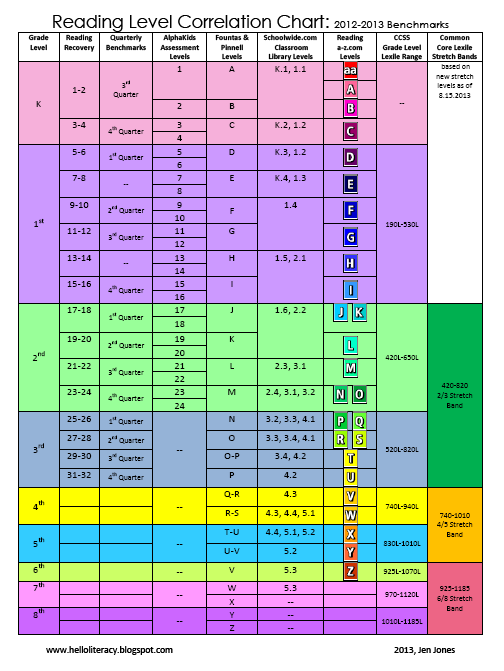 ..
..
English Language and Creative Writing - University of Hertfordshire BA (Hons)
Course Forms
Course Options
Key facts about the course
| Student satisfaction | 82% |
|---|---|
| Salary after 15 months | £21000 |
| Number of students | 30 graduates / year |
| dropout rate | fifteen% Percentage of English Language and Creative Writing BA (Hons) students who do not continue their studies in the next year and who did not qualify in either of the two years compared. Source: Unistats by Higher Education Statistics Agency (HESA) 29 Sep. 2021 |
| Unemployment rate | 5% unemployed Percentage of students in a given course who are unemployed and out of school 15 months after the end of the course. Source: gov.uk/guidance/apply-to-access-the-longitudinal-education-outcomes-leo-dataset'>Longitudinal Education Outcomes (LEO) by UK Department for Education 2 Aug. 2021 |
| Duration | 3 years - Full day |
| Campus | Oncampus - Main Site |
| Course name (in translation) | English and creative writing |
| Degree | Bachelor of Arts (Honours), BA (Hons) |
| Discipline | creative writing , English language |
| Student satisfaction | 82% |
|---|---|
| Salary after 15 months | £21000 |
| Number of students | 30 graduates / year |
| dropout rate | fifteen% Percentage of English Language and Creative Writing BA (Hons) students who do not continue their studies in the next year and who did not qualify in either of the two years compared. Source: Unistats by Higher Education Statistics Agency (HESA) 29sept. 2021 Source: Unistats by Higher Education Statistics Agency (HESA) 29sept. 2021 |
| Unemployment rate | 5% unemployed Percentage of students in a given course who are unemployed and out of school 15 months after the end of the course. Source: Longitudinal Education Outcomes (LEO) by UK Department for Education 2 Aug. 2021 |
| Duration | 4 years - Part time |
| Campus | Oncampus - Main Site |
| Course name (in translation) | English and creative writing |
| Degree | Bachelor of Arts (Honours), BA (Hons) |
| Discipline | creative writing , English language |
| Student satisfaction | 82% |
|---|---|
| Salary after 15 months | £21000 |
| Number of students | 30 graduates / year |
| dropout rate | fifteen% Percentage of English Language and Creative Writing BA (Hons) students who do not continue their studies in the next year and who did not qualify in either of the two years compared. Source: Unistats by Higher Education Statistics Agency (HESA) 29sept. 2021 Source: Unistats by Higher Education Statistics Agency (HESA) 29sept. 2021 |
| Unemployment rate | 5% unemployed Percentage of students in a given course who are unemployed and out of school 15 months after the end of the course. Source: Longitudinal Education Outcomes (LEO) by UK Department for Education 2 Aug. 2021 |
| Duration | 4 years - Part time |
| Campus | Oncampus - Main Site |
| Course name (in translation) | English and creative writing |
| Degree | Bachelor of Arts (Honours), BA (Hons) |
| Discipline | creative writing , English language |
Course Description
Do you have a story you want to tell, or have you always wanted to be a writer? Perhaps you want to learn how to be a critical reader or gain a greater understanding of the craft of writing.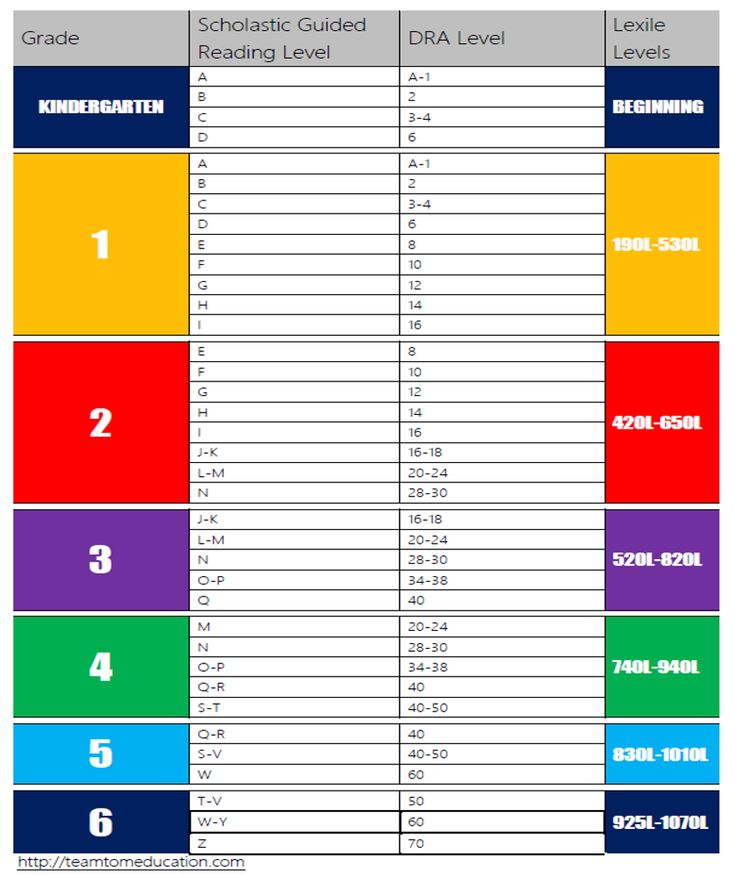
The BA English Language and Creative Writing program will give you a better understanding of the English language as well as the writing process so you can find your voice, whether you're a poet, playwright or novelist.
We offer a stimulating and supportive environment where you can explore your ideas, hone your craft and understand how to use language effectively. Our creative writing modules are taught by lecturers who are themselves award-winning practitioners and bridge the gap between creative and academic approaches to literature. Among them are our poetry teacher Wayne Holloway-Smith, recipient of the Poetry Society's Jeffrey Dearmer Award and Seamus Heaney Award nominee.
Student feedback
Below you can see the feedback from 25 alumni of the English Language and Creative Writing BA (Hons) course at the University of Hertfordshire on each survey question compared to the average of all UK degree courses in Creative Writing.
Overall student satisfaction
69 /100
25 Total respondents
Mainly based on data from undergraduate students
schedule data
| University of Hertfordshire, English Language and Creative Writing BA (Hons) | Average review score of all Creative Writing courses in the UK | |
|---|---|---|
| Explanations | 85 | 89 |
| Interesting courses | 77 | 87 |
| Intellectually stimulating | 84 | 85 |
| The challenge is to do my best | 69 | 79 |
| Depth of concepts | 77 | 83 |
| Combined ideas from different topics | 80 | 84 |
| Applicability of course content | 69 | 79 |
| Clear labeling criteria | 69 | 70 |
| Fair estimate | 63 | 72 |
| Timely feedback | 67 | 72 |
| Useful review | 77 | 80 |
| Staff attractiveness | 83 | 85 |
| Course manual | 73 | 73 |
| Course recommendations | 71 | 67 |
| Organization of courses | 81 | 66 |
| Schedule | 69 | 76 |
| Change message | 77 | 69 |
| IT facilities | 61 | 66 |
| Library | 73 | 72 |
| Course specific resources | 83 | 70 |
| Community feeling | 56 | 57 |
| Teamwork opportunities | 65 | 68 |
| Student feedback opportunities | 73 | 78 |
| Student feedback is appreciated | 62 | 72 |
| Student feedback taken into account | 57 | 47 |
| Student Union Work | 42 | 47 |
| Overall satisfaction | 69 | 79 |
Source: National Student Survey NSS 2021
All Creative Writing courses University of Hertfordshire
NSS is commissioned Office of Student Affairs
salary
Salary of English Language and Creative Writing BA (Hons) graduates at the University of Hertfordshire
Important: The salary data below is not course specific, but includes all students who have studied English Language and Creative Writing BA (Hons) at university. Due to the methodology of data collection, salary data is mainly based on data from undergraduate students.
| 15 months after graduation | 3 years after graduation | 5 years after graduation | |
|---|---|---|---|
| Median salary | £21000 | £21500 | £25500 |
| 25th-75th percentile range | £18000 - £24000 | £17000 - £26500 | £19500 - £32000 |
Source: HESA - Graduate Outcomes Survey 29 Sep. 2021
2021
All Creative Writing courses University of Hertfordshire
Salary of all UK graduates studying Creative Writing (mainly undergraduate students)
| 15 months after graduation | 3 years after graduation | 5 years after graduation | |
|---|---|---|---|
| Median salary | £24346 | £21255 | £23619 |
| 25th-75th percentile range | £20039 - £30482 | £13970 - £28921 | £15587 - £32467 |
Source: Longitudinal Education Outcomes (LEO) by UK Department for Education 2 Aug. 2021
All Creative Writing Courses UK
What you will learn
Program Content: As an English Language and Creative Writing, BA (Hons) student, you will study the following course modules.
This module introduces you to the basics of English linguistics.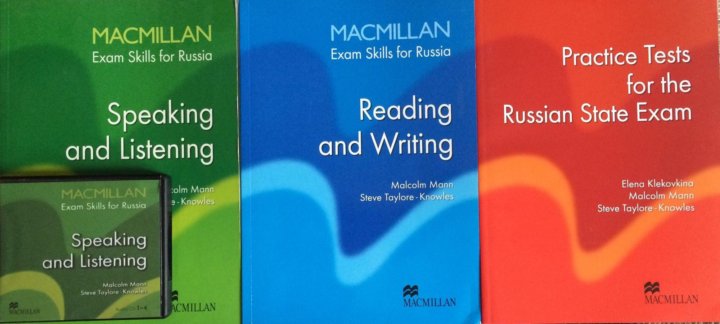 We will explore the origins of modern linguistics as a discipline and discuss the basic concepts of linguistic analysis, including but not limited to phonemes, morphemes, and parts of speech. In this module, you will gain basic knowledge regarding the various properties of a language and how they are described, theorized and researched. This module is taught in seminars and gives you ample opportunity to complete practical tasks that will hone your knowledge and understanding of the basic concepts of linguistics and equip you with analytical skills so that you can apply them in various contexts in other modules in the study of the subject "English Language and Linguistics" .
We will explore the origins of modern linguistics as a discipline and discuss the basic concepts of linguistic analysis, including but not limited to phonemes, morphemes, and parts of speech. In this module, you will gain basic knowledge regarding the various properties of a language and how they are described, theorized and researched. This module is taught in seminars and gives you ample opportunity to complete practical tasks that will hone your knowledge and understanding of the basic concepts of linguistics and equip you with analytical skills so that you can apply them in various contexts in other modules in the study of the subject "English Language and Linguistics" .
This module introduces you to the basics of English linguistics and is based on 4HUM1150. We will discuss different approaches to grammatical and syntactical analysis and how meaning is theorized, constructed and analyzed at both the lexical and textual levels. We will also explore language change by revisiting and expanding on some of the concepts introduced in 4HUM1150.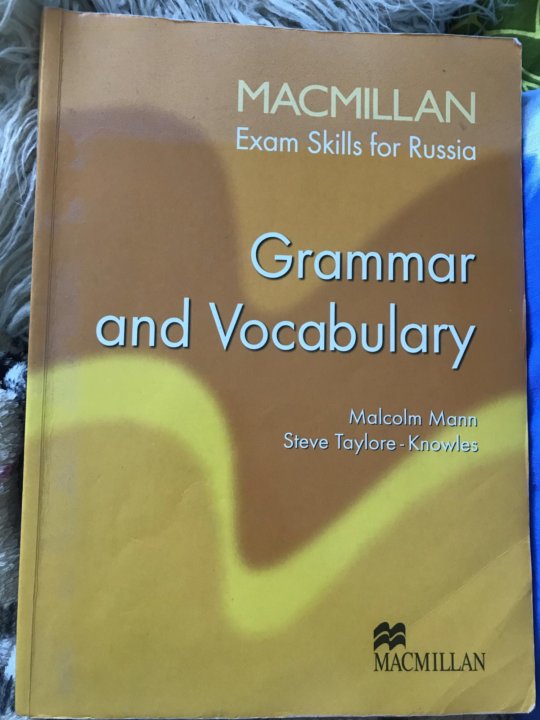 Finally, we will study how the fundamental concepts of linguistics are used in one or more areas of applied linguistics. Seminars on this module will provide you with ample opportunities to apply your newly acquired knowledge in practice, applying them to solving various problems.
Finally, we will study how the fundamental concepts of linguistics are used in one or more areas of applied linguistics. Seminars on this module will provide you with ample opportunities to apply your newly acquired knowledge in practice, applying them to solving various problems.
This module will cover two popular genres (such as fantasy, crime, science fiction or romance). Key questions of craft and motivation will be asked: How do contemporary writers play against the classics (like Chandler or Hammett for crime)? How do you write a work that fits within the genre while avoiding clichés? How far can you deviate from what is expected in genre fiction? What steps can you take to build a complex world for your work? Is plotting for genre fiction different from plotting for literary fiction? Authors studied may include Jonathan Letham, Raymond Chandler, Robin McKinley, Megan Abbott, Charlaine Harris, or China Miele.
This creative and critical module explores a range of contemporary poetry and prose about identity. In general, the module examines material written in the late twentieth and twenty-first centuries about positions of identity, from race and gender to sexuality, disability, class, and so on. We will examine, both creatively and critically, how a person writes about his own life, marginal or otherwise. You will think about these issues both as a creative writer and as a literary critic: once every two weeks you will analyze poetry and prose, and write in these forms. Each critical week exploring a theme, plot or author will be followed by a creative week where you will put into practice what you have learned. In general, this module helps to develop you both as a writer and as a researcher of contemporary literature. Among the writers studied may be: Emily Berry, Danez Smith, Justin Torres, Mary Jean Chan, Andrew Macmillan, Claudia Rankin and others.
In general, the module examines material written in the late twentieth and twenty-first centuries about positions of identity, from race and gender to sexuality, disability, class, and so on. We will examine, both creatively and critically, how a person writes about his own life, marginal or otherwise. You will think about these issues both as a creative writer and as a literary critic: once every two weeks you will analyze poetry and prose, and write in these forms. Each critical week exploring a theme, plot or author will be followed by a creative week where you will put into practice what you have learned. In general, this module helps to develop you both as a writer and as a researcher of contemporary literature. Among the writers studied may be: Emily Berry, Danez Smith, Justin Torres, Mary Jean Chan, Andrew Macmillan, Claudia Rankin and others.
This module will provide students of the English Language and Linguistics program with the opportunity to develop a range of skills necessary to successfully complete the selected modules and successfully exist in a university environment.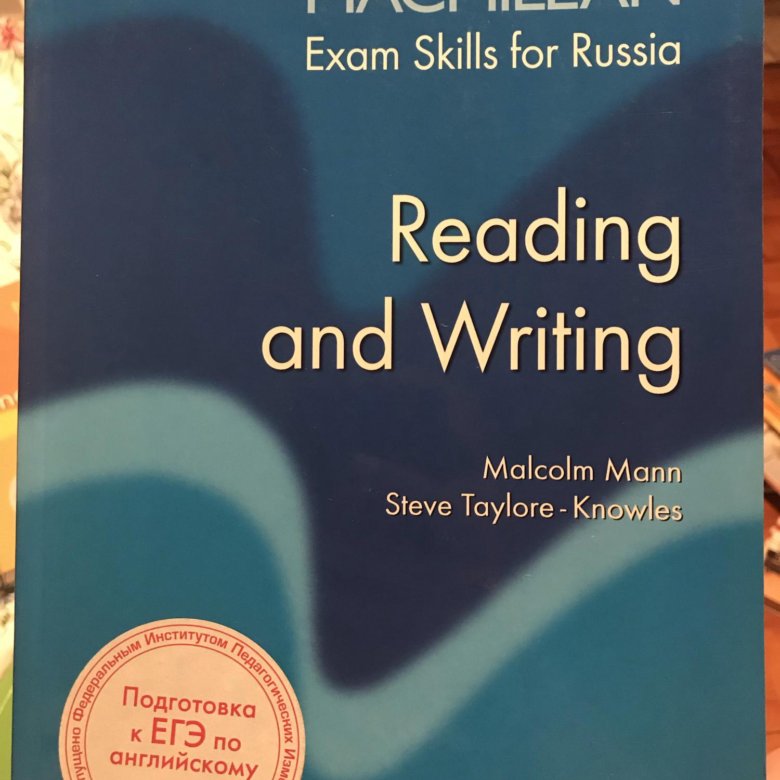 You will develop your academic reading, writing, research, analysis and communication skills. The training sessions are designed to promote a sense of community within the student cohort while at the same time developing each individual's communication skills, whether it be in small group work or oral presentations.
You will develop your academic reading, writing, research, analysis and communication skills. The training sessions are designed to promote a sense of community within the student cohort while at the same time developing each individual's communication skills, whether it be in small group work or oral presentations.
The focus of this module is "language in interaction". It aims to maximize awareness of the factors that come into play when we communicate with other people. Language is used to "do" things in communicative situations, and we will look at several theories that attempt to explain how this is achieved, such as Grice's (1989) collaboration theory and politeness theory (Brown and Levinson, 1987). We also explore how we understand what someone is saying to us when much of the language used is ambiguous, implied, or figurative. Communication involves more than just code, and we explore the role of context, the knowledge we bring to conversation, and the importance of "theory of mind" in understanding what someone is saying to us. The first part of the module will focus on face-to-face communication, but in the second part we will focus on computer-mediated communication, including communication through social networks.
The first part of the module will focus on face-to-face communication, but in the second part we will focus on computer-mediated communication, including communication through social networks.
Writing for screen is an intensive 12-week course designed to introduce students to level 4 dramaturgy. Students will be introduced to all the elements of dramatic writing - dramatic action, storytelling, structure, story building and writing perfect stage hooks. Students will practically work in the classroom, receiving weekly feedback on their work and developing their script to completion. Students will be able to edit and refine their final film as they work on their scripts during the last 4 weeks of the module. Students will develop the skill of screenwriting theory analysis and study short films by breaking them down into structure, narrative, and plot. Students will learn to understand their own practical method and be able to reflect on creative decision making. They will study craft texts and develop their critical analysis skills. All students will complete the course by writing a 10-minute short film demonstrating an understanding of all elements of dramatic writing.
All students will complete the course by writing a 10-minute short film demonstrating an understanding of all elements of dramatic writing.
This module is a practice-based course taught in weekly two-hour workshops. Building on the short story study begun in the Art of Writing course, the module will explore a variety of examples of the genre from the nineteenth, twentieth, and twenty-first centuries. The writers selected for study will vary from year to year, but may include works by Kazuo Ishiguro, Raymond Carver, Angela Carter, Katherine Mansfield, Thomas Hardy, and Henry James. The stories will be used as the basis for workshop and class discussions, including a thorough analysis of literary devices. You will be encouraged to develop your own creativity by building a portfolio of current work and working on your own short story.
This module discusses what grammar is and is not, and provides a detailed description of English grammar. He considers different categories of words, compound sentence structure, grammatical functions and compound sentence structure, and different types of sentences. Its purpose is to give you the knowledge you need to perform grammatical analysis. This module is a prerequisite for learning English and communication at level 3.
Its purpose is to give you the knowledge you need to perform grammatical analysis. This module is a prerequisite for learning English and communication at level 3.
This module will give you the opportunity to study the sounds of the English language on two levels: the surface (phonetics) and the underlying mental level (phonology). We will begin by examining the physiological apparatus involved in the production of speech, and then we will look in more detail at how individual speech sounds are produced (articulatory phonetics). We then turn to the organization of speech sounds at a basic mental level. Here we will define the individual sound concepts of the English language and explore the various ways in which they can be phonetically realized. We then move on to the analysis of syllables and stress. This module offers you an important descriptive tool for further language learning, as well as the necessary knowledge for a career in areas such as speech therapy and linguistics. This module is a prerequisite for learning English and communication at level 3.
This module is a prerequisite for learning English and communication at level 3.
You will be offered a variety of employment-promoting workshops and online activities, such as interviewing skills, personality profiling, and career planning, to improve your job prospects after graduation and to make you aware of your strengths and weaknesses regarding employment opportunities. You will also have the opportunity to learn about self-employment options, graduate programs and attend lectures by successful professionals in employment fields suitable for liberal arts graduates so that you can learn about the skills and qualities required for these fields and how to improve your perspectives in these areas. You will be required to complete a certain number of activities chosen by you from the career "menu" and comprehend the knowledge gained in order to successfully complete the module.
Emily Dickinson wrote: "Tell the whole truth, but speak it obliquely." This module covers many aspects of writing from reality ? the methods and reasons for doing it, the ethics involved, and whether it forms the "fourth genre" of writing that theorists like Robert Roth and Lee Gutkind talk about. The degree of "truthfulness" will be questioned: how much fiction can or should be introduced? Where to draw the line between fiction and reality? Who has the right to draw this line? Does writing about the community or writing with the community change the commitment of the writer? Authors under study may include James Frey, David Sedaris, Louisa May Alcott, Geraldine Brooks, Say Shonagan, James Baldwin, Megan Abbott, and Robin Soans.
The degree of "truthfulness" will be questioned: how much fiction can or should be introduced? Where to draw the line between fiction and reality? Who has the right to draw this line? Does writing about the community or writing with the community change the commitment of the writer? Authors under study may include James Frey, David Sedaris, Louisa May Alcott, Geraldine Brooks, Say Shonagan, James Baldwin, Megan Abbott, and Robin Soans.
Children's shoes for sale, never worn. (Short story attributed to Ernest Hemingway). Some stories can be told in six words, others require 6,000. This module will explore different types of short stories, critically examining the requirements, rewards, and pitfalls of each form. Key questions of craft and motivation will be asked: how does the content of the story relate to its form? How is plot for novels different from plot for short stories? When does a short story become flash fiction? How do you decide whether to write long or short? You will also explore various print and digital publishing platforms and learn how to prepare your work for publication.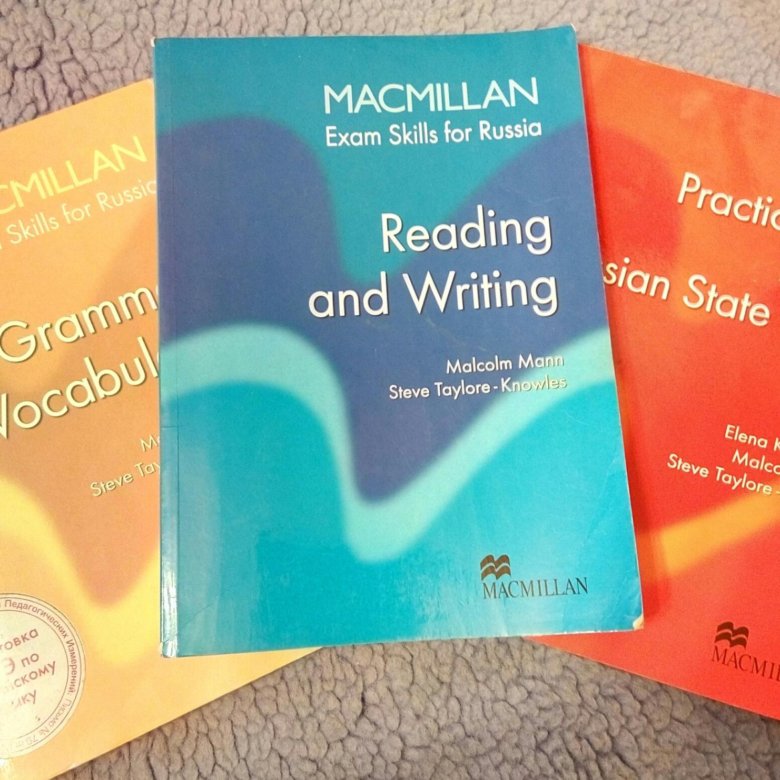 Authors under study may include Lydia Davis, Juno Diaz, Zadie Smith, Gerbrand Bakker, Chris Adrian, Lorrie Moore, Ian Rankin.
Authors under study may include Lydia Davis, Juno Diaz, Zadie Smith, Gerbrand Bakker, Chris Adrian, Lorrie Moore, Ian Rankin.
Job and career prospects
Fifteen months after graduation, graduates of this course were asked about what they do and if they work, about their current job and prospects.
schedule data
| Alumni of this course | All UK graduates undergraduate degree in Creative Writing | |
|---|---|---|
| Total respondents | 15 | 370 |
| Unemployed | 5% | 4% |
| In training | 15% | 8% |
| At work | 65% | 63% |
| Both study and work | 10% | 14% |
| No information | 5% | 4% |
Source: HESA - Graduate Outcomes Survey 29sept.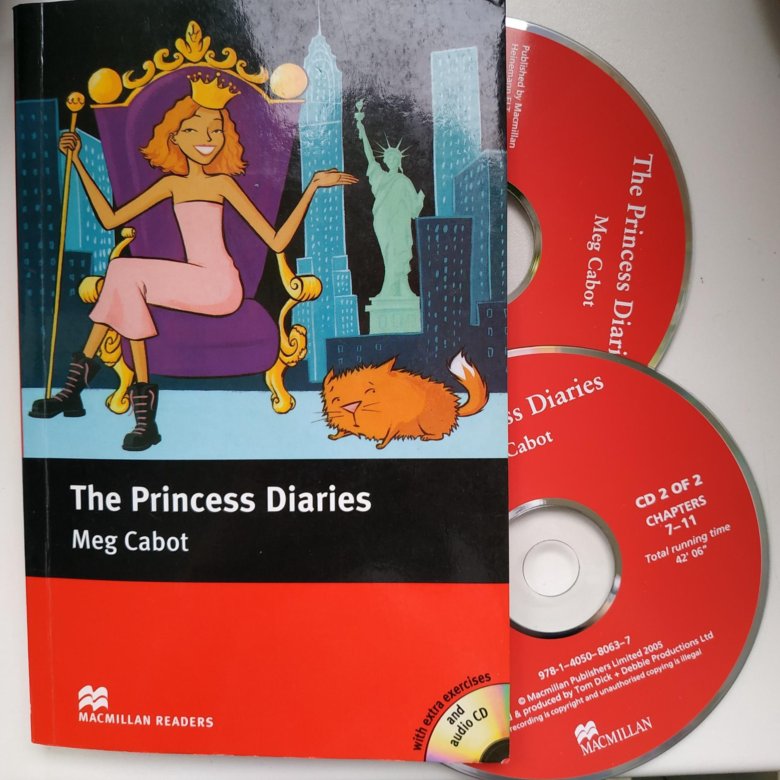 2021
2021
All Creative Writing courses University of Hertfordshire
Current work
Work in accordance with plans for the future
Use skills learned during training
Work makes sense
Source: HESA - Graduate Outcomes Survey 29 Sep. 2021
Required skill level for work in 15 months
% Skilled jobs
Vacancies of graduates of this course (15 months after the end of the course)
The example below is based on all graduates of the English Language and Creative Writing BA (Hons) course at the University of Hertfordshire
| 20% | Administrative professions |
| 15% | Teaching professions |
| 10% | Teaching and childcare support profession |
| 10% | Sales professions |
| 5% | Associated Business and Public Service Professionals |
| 5% | Artistic, literary and media professions |
| 5% | Elementary professions |
| 5% | Caring personal services |
| 0% | Managers, directors and senior officers |
| 0% | Natural and social scientists |
Source: Unistats by Higher Education Statistics Agency (HESA) 29 Sep.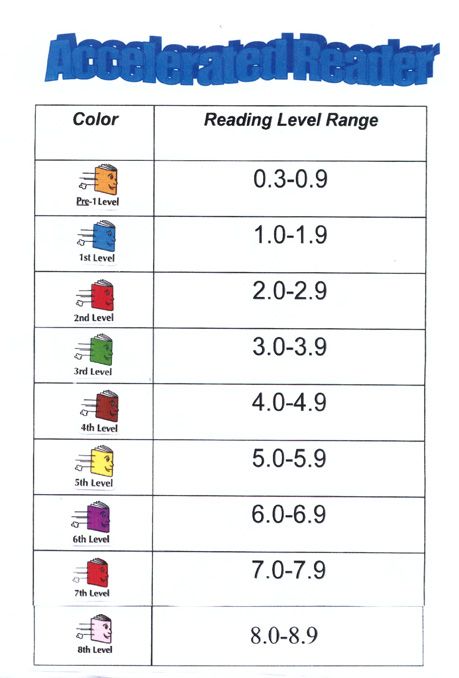 2021
2021
Admission Requirements / Admissions Committee
Minimum Required Tariff UCAS
Source: UCAS Oct 15 2021
UCAS rate for accepted students for this course
schedule data
| Tariff estimate | % Accepted students for this course |
|---|---|
| <48 | 0 |
| 48-63 | 0 |
| 64-79 | 25 |
| 80-95 | 0 |
| 96-111 | 60 |
| 112-127 | 5 |
| 128-143 | 0 |
| 144-159 | 5 |
| 160-175 | 0 |
| 176-191 | 0 |
| 192-207 | 0 |
| 208-223 | 0 |
| 224-239 | 0 |
| >240 | 0 |
Source: Unistats by Higher Education Statistics Agency (HESA) 29 Sept. 2021
2021
This particular course is
Qualifications
General profile of 45 credits at level 3
104 points
Source: UCAS Oct 15 2021
English Language Requirements
| Learning phase | Additional information | |
|---|---|---|
| IELTS (Academic) | 6 | with at least 5.5 in each group |
Source: UCAS Oct 15 2021
You do not meet the minimum requirements for UCAS, A levels or English?
Get advice on what foundation courses are best for you so you can still get into English Language and Creative Writing, BA (Hons).
Visa requirements for international students
Visa requirement All international students (including citizens from EU countries) intending to study in this or any other academic program for more than 6 months in the UK require a student visa .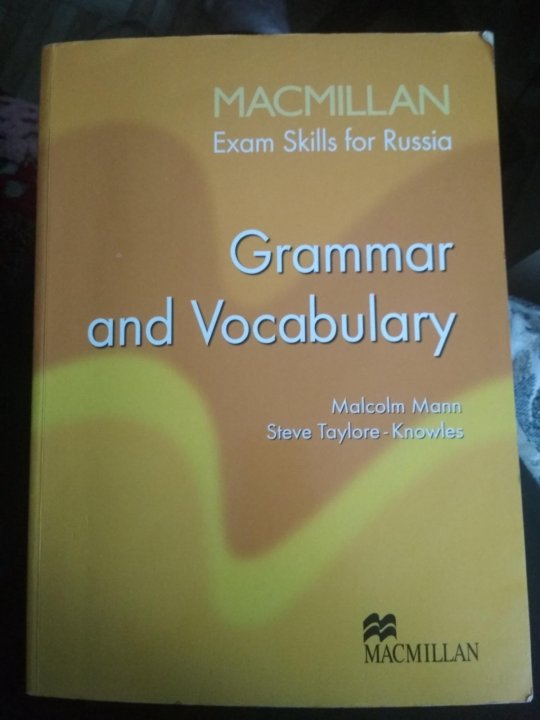
International students under the age of 18 require a special child student visa . Exceptions to this general rule may apply to holders of other UK work visas, UK National Overseas Visas, family member visas and recognized refugees or asylum seekers.
Work permit while studying on courseThe University of Hertfordshire Higher Education Corporation is included by the UK Government in the list of educational institutions licensed to sponsor migrant students.
Student visa holders from licensed educational institutions are eligible to work during full-time undergraduate, graduate or doctoral studies during
- 20 hours per week during the semester
- full-time work outside the semester course)
Upon completion of a bachelor's or master's degree program of at least 12 months, holders of student visas of licensed institutions can convert their visa to a graduate visa, which entitles them to work in the UK for 2 years.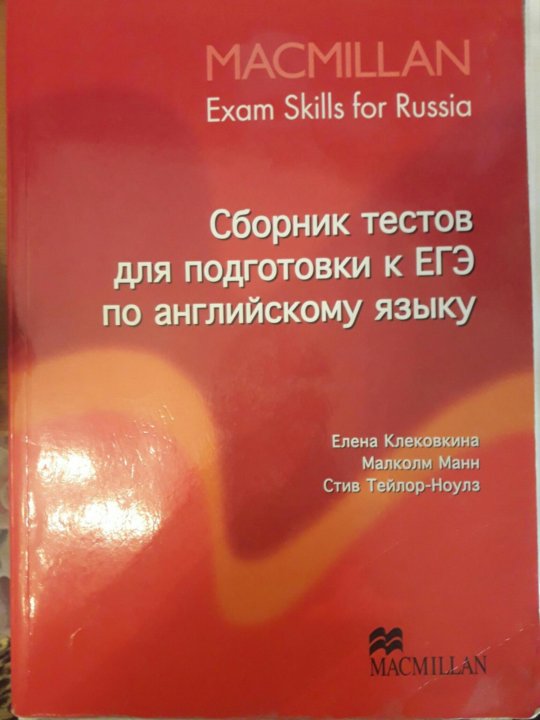

 If there are still spaces available at the university or college, you may apply after this date, but your application is not guaranteed to be considered.
If there are still spaces available at the university or college, you may apply after this date, but your application is not guaranteed to be considered. 
 11.2022 / Stock market news
11.2022 / Stock market news  Tinkoff, Qiwi, Polyus Gold, Gazprom Neft, VK, M.Video
Tinkoff, Qiwi, Polyus Gold, Gazprom Neft, VK, M.Video 